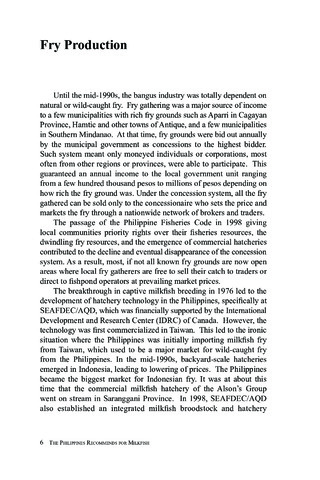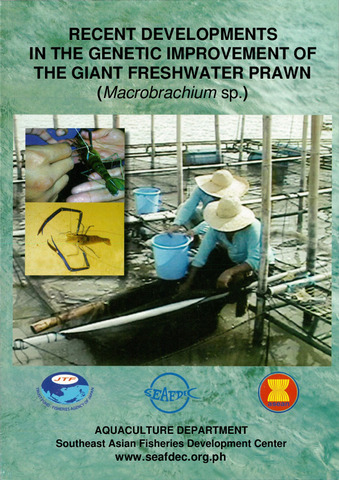Genetic changes during mass selection for growth in Nile tilapia, Oreochromis niloticus (L.), assessed by microsatellites
- Global styles
- MLA
- Vancouver
- Elsevier - Harvard
- APA
- Help
Share
Abstract
Two control (C1 or first control generation, and C4 or fourth control generation) and three selected (S1 or first selected generation, S2 or second selected generation, S4 or fourth selected generation) stocks of Chitralada Nile tilapia were analysed for microsatellite variation to determine the effect of size-specific mass selection on genetic variability. Genetic variation based on five microsatellite loci (UNH123, UNH147, UNH172, UNH222 and UNH216) showed a slightly higher allelic diversity in the selected stocks (7.4–10 alleles) than in the control stocks (6.8–8.8 alleles). Apparent reductions in the mean number of alleles and He values were noted in successive generations of both control and selected lines. Significant deviations from Hardy–Weinberg equilibrium because of an excess of homozygotes indicated inbreeding in all control and selected stocks. Although estimated inbreeding levels were not significantly different among selected and control lines based on Welch's t-tests, the increase in the degree of inbreeding within the selected line was higher (107.9%) than the control line (64.2%) after four generations. The implications of these results on the management and conservation of genetic diversity in improved breeds are discussed, while the importance of monitoring and minimizing inbreeding are likewise emphasized.
Suggested Citation
Romana-Eguia, M. R. R., Ikeda, M., Basiao, Z. U., & Taniguchi, N. (2005). Genetic changes during mass selection for growth in Nile tilapia, Oreochromis niloticus (L.), assessed by microsatellites. Aquaculture Research , 36(1), 69-78. https://doi.org/10.1111/j.1365-2109.2004.01185.x
Type
ArticleISSN
1355-557X; 1365-2109Collections
- Journal Articles [1258]
Related items
Showing items related by title, author, creator and subject.
-
Genetic assessment of philippine milkfish (Chanos chanos) stocks based on novel microsatellites for markeraided broodstock management
Romana-Eguia, Maria Rowena R. ; Santos, Brian S.; Ikeda, Minoru; Basiao, Zubaida U.; de Jesus-Ayson, Evelyn Grace T.; Kijima, Akihiro (Elsevier, 2017)
Reports on genetic diversity within/among milkfish populations using DNA markers are sparse. Earlier work dealt with evolutionary relationships among wild populations to define management units in the Indo-Pacific region ...
; Santos, Brian S.; Ikeda, Minoru; Basiao, Zubaida U.; de Jesus-Ayson, Evelyn Grace T.; Kijima, Akihiro (Elsevier, 2017)
Reports on genetic diversity within/among milkfish populations using DNA markers are sparse. Earlier work dealt with evolutionary relationships among wild populations to define management units in the Indo-Pacific region ... -
[The Philippines recommends for milkfish:] Fry production
Ayson, Evelyn Grace de Jesus; Eguia, Maria Rowena R.; Garcia, Yolanda T.; Salayo, Nerissa D.; The Milkfish Technical Committee 2016 (DOST-PCAARRD, 2016) -
Recent developments in the genetic improvement of the giant freshwater prawn (Macrobrachium sp.)
Eguia, Maria Rowena R.; Aralar, Maria Lourdes C. (Aquaculture Department, Southeast Asian Fisheries Development Center, 2007)This publication contains results from the research project “Development of Genetically Improved Strain of Macrobrachium” covered by the Program on the Promotion of Sustainable Aquaculture in the ASEAN Region (previously ...





